Top 8 Astronomical Marvels of December 2023
1st Dec 2023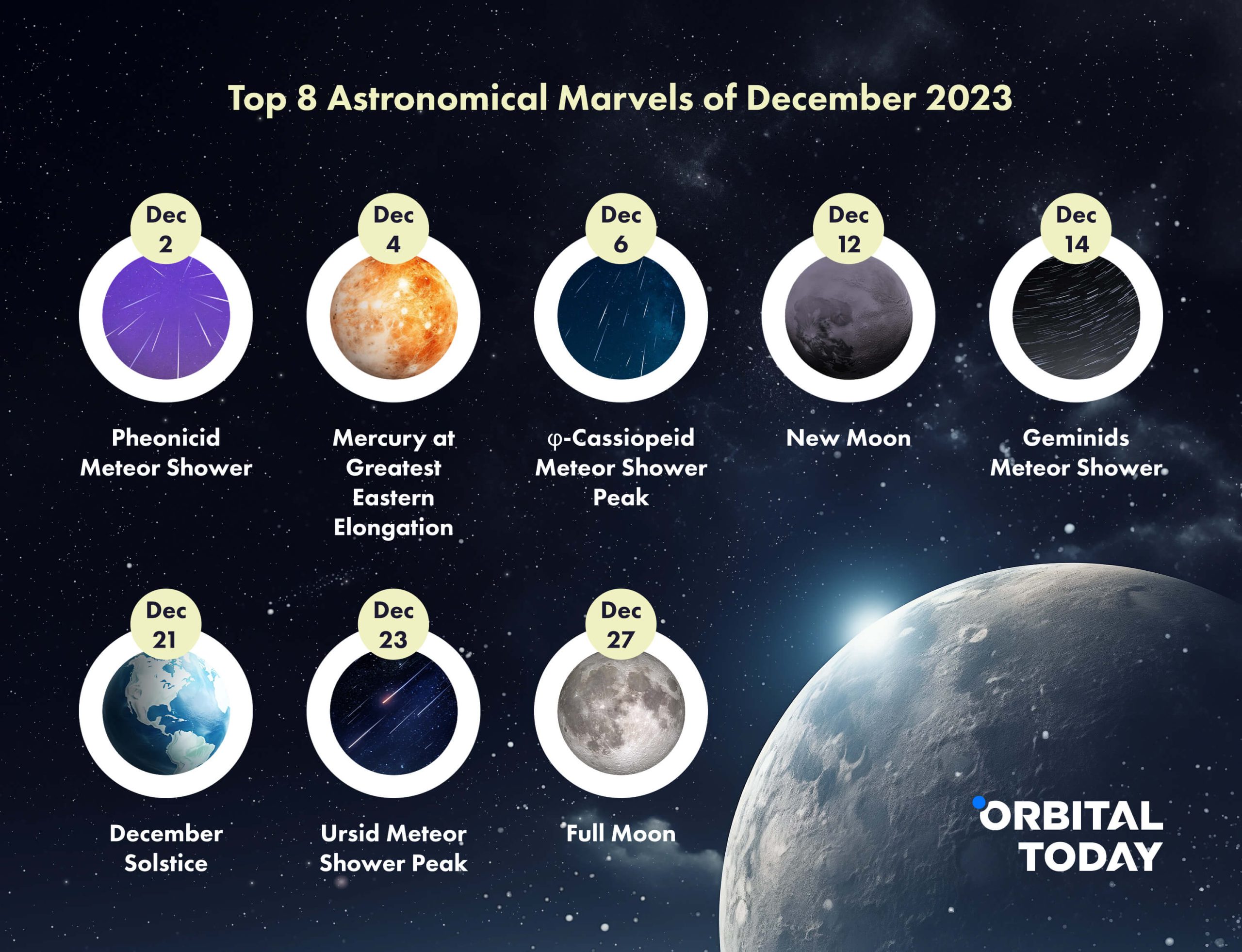
As we step into December, the skies bring us a tapestry of celestial wonders. In this month of contrasts—dark and cold in the north, bright and warm in the south—amateur astronomers and stargazers are in for a treat. From meteor showers that dazzle the calendar to close encounters and lunar occultations with nearly all visible planets, this month is a celestial fiesta. It’s time to layer up and step out under December’s chilly, crystal-clear skies.
December 2 – Pheonicid Meteor Shower
While the Geminids and Ursids usually steal the meteor shower spotlight, December kicks off with the Phoenicid Meteor Shower on the night of December 2nd. Though it offers a modest display with only a few meteors per hour, it’s a show best viewed from closer to the equator and the southern hemisphere.
December 4 – Mercury at Greatest Eastern Elongation
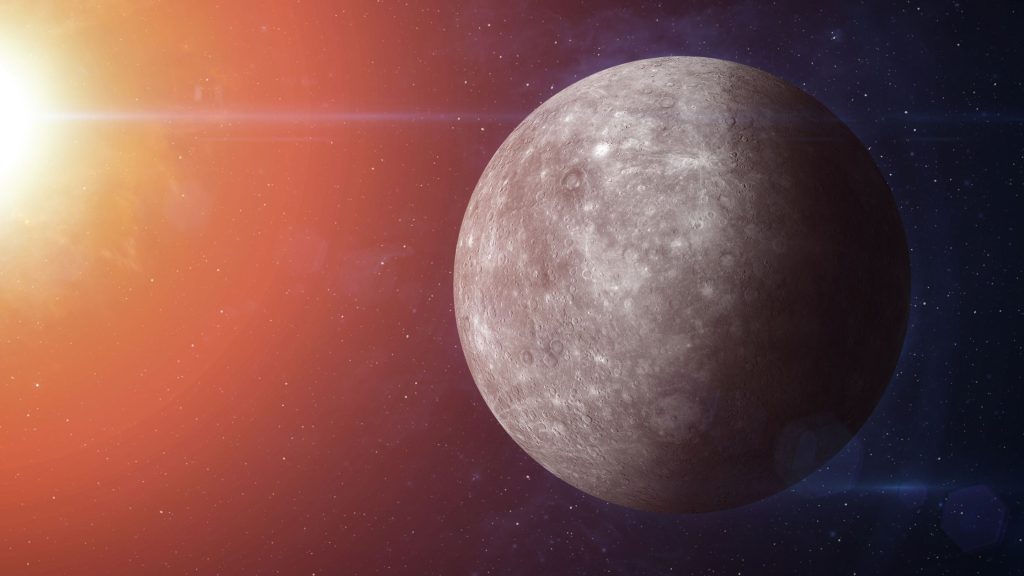
Mercury achieves its greatest eastern elongation, stretching 21.3 degrees away from the Sun. This marks the optimal window to observe Mercury, as it will soar to its highest position in the evening sky. Seek out the planet hovering low in the western skyline immediately after sunset.
December 6 – φ-Cassiopeid Meteor Shower Peak
For another meteor-gazing opportunity, mark your calendar for December 6th, the peak of the φ-Cassiopeid meteor shower. This shower shares the sky with a sighting chance for Comet Borisov.
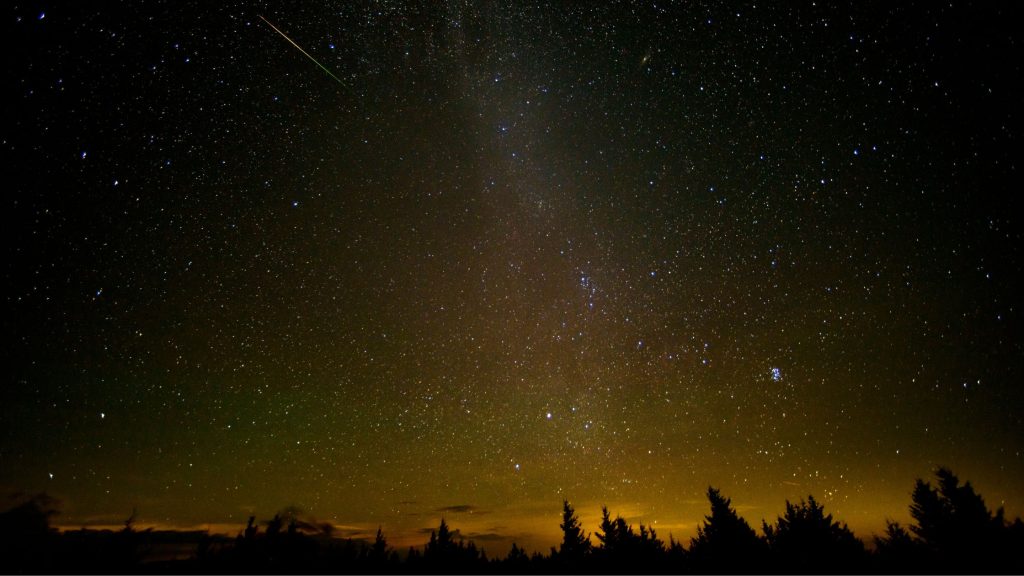
To glimpse φ-Cassiopeid meteors, scan the sky for the radiant point within the Cassiopeia constellation. Expect just a handful of meteors per hour from this location. Due to Earth’s rotation on the night of December 6th, most meteors might appear short-tailed as they approach us directly.
December 12 – New Moon
At 23:33 UTC, the Moon positions itself on the Sun-facing side of the Earth, rendering it invisible in the night sky. This phase marks the month’s optimal window for observing faint cosmic wonders, such as galaxies and star clusters, unaffected by the illuminating presence of moonlight.
December 14 – Geminids Meteor Shower
The highlight of December’s meteor showers, the Geminids, peaks from the 13th to the 15th, boasting an impressive potential of up to 120 meteors per hour. Keep an eye on the Gemini constellation to witness this spectacle. Use the bright stars of Castor and Pollux to spot the constellation in the Northern sky (for most viewers).
December 21 – December Solstice
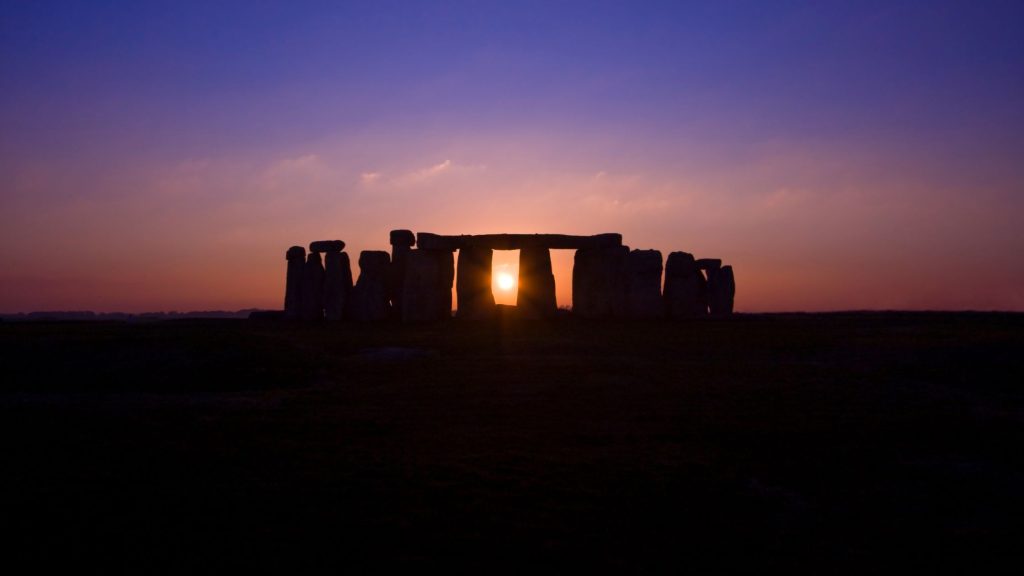
For the north, it’s the winter solstice on December 21st, while the south celebrates the summer solstice. Whichever hemisphere you’re in, the moon’s 18% illumination invites you to revel in the night sky. The December solstice occurs at 03:21 UTC.
December 23 – Ursid Meteor Shower Peak
Even though the Geminids steal the spotlight in December’s meteor showers, remember the Ursids are making an appearance too, reaching their peak on the 23rd this year. Spanning from December 17th to 26th, the Ursids offer a chance to potentially witness these meteors throughout the night in the northern hemisphere.
December 27 – Full Moon
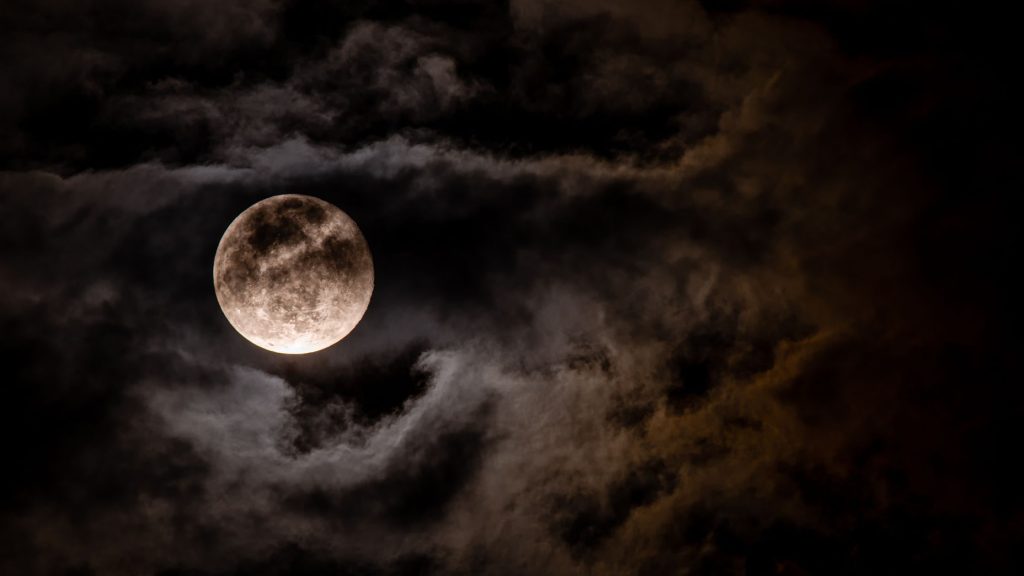
At 00:34 UTC, the Moon will position itself on the opposite side of the Earth from the Sun, presenting its fully illuminated face. Early Native American tribes referred to this full moon as the Cold Moon due to the arrival of cold winter air, bringing about long, dark nights. Additionally, it has been recognized as the Long Nights Moon and the Moon Before Yule.
With these celestial events illuminating the December night sky, it’s time to bundle up, step outside, and marvel at the wonders above.
![Beauty of the Pink Moon And Lyrid Meteor Shower in This Week’s Best Astrophotos [19-26 April] Beauty of the Pink Moon And Lyrid Meteor Shower in This Week’s Best Astrophotos [19-26 April]](https://orbitaltoday.com/wp-content/uploads/2024/04/Pink-Moon-is-on-its-way-above-the-mountains-1-300x300.jpg)




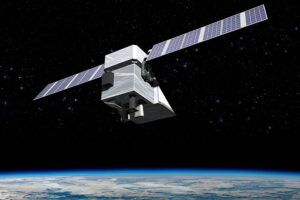
Thank you for your comment! It will be visible on the site after moderation.